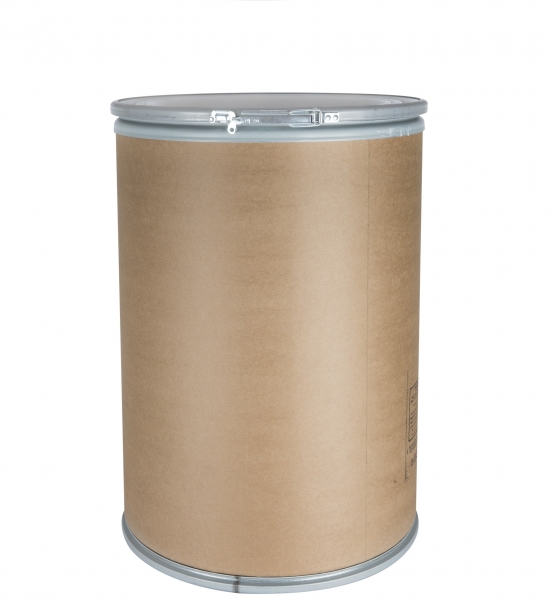


Chloramphenicol is a broad spectrum antibiotic against gram-positive and gram-negative bacteria. It is often used for bacterial selection in molecular biology and as a selection agent for transformed cells containing chloramphenicol resistance genes. Chloramphenicol inhibits bacterial protein synthesis by blocking the peptidyl transferase step by binding to the 50S ribosomal subunit and preventing attachment of aminoacyl tRNA to the ribosome.
Specification:
|
Test |
Specification |
|
Appearance |
A white, greyish-white or yellowish-white, fine, |
|
|
crystalline powder or fine crystals, needles or elongated plates |
|
Identification |
|
|
|
A: Melting point: 149 ~ 153 |
|
|
B: The infrared absorption spectrum obtained with sample |
|
|
corresponds to that obtained with Chloramphenicol CRS. |
|
Acidity or alkalinity |
≤0.1ml |
|
Specific optical rotation |
+18.5°~+20.5° |
|
Related substances |
Single impurity≤0.5% |
|
Chloride |
≤100 ppm |
|
Loss on drying |
≤0.5% |
|
Sulphated ash |
≤0.1% |
|
Assay |
98.0% ~ 102.0% (on the dried basis) |
|
Residual solvent |
Methanol≤3000ppm |
Packaging details:
|
Packaging details: |
25kg/drum with double plastic bags inside; packed in a cardboard drum or fiber HDPE drum. |
|
Storage: |
Stored in a clean, cool, dry area; keep away from moisture and strong, direct light/heat |
|
Shelf Life: |
5 years if sealed and store away from direct sun light. |
